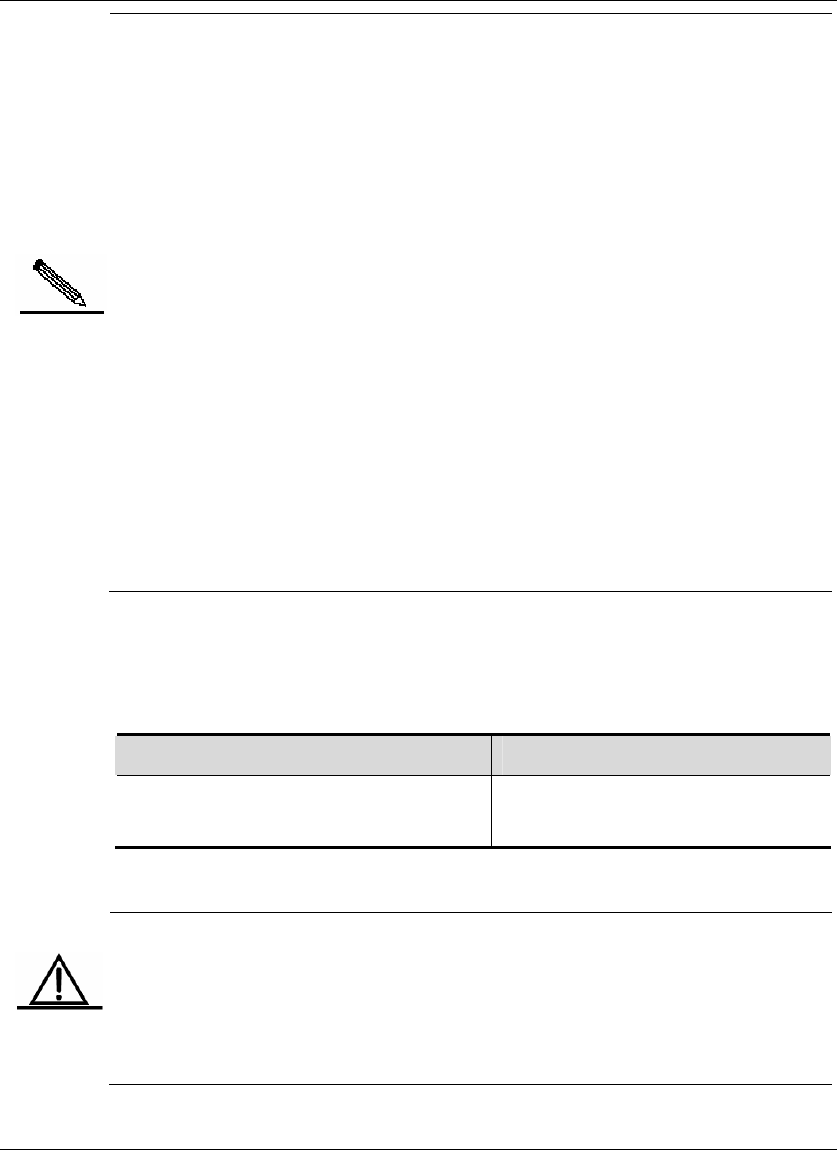
DES-7200 Configuration Guide Chapter 5 OSPF
Configuration
5-14
Note
The parameter spf-delay refers to the delay time from the topology change to
the beginning of the SPF calculation.
The parameter spf-holdtime refers to the minimum interval of two SPF
calculations. It is worth mentioning that the next SFP holdtime shall at least be
twice as the last one till the interval reaches the configured spf-max-waittime.
If the SPF calculation intervals have exceeded the minimum value, it will
re-calculate the SPF calculation interval from the
spf-holdtime.
In normal conditions, when the link changes, reducing the spf-delay and
spf-holdtime value can improve the OSPF convergence speed. Setting the
maximum spf-max-waittime avoid the CPU consumption due to the continuous
link turbulance.
For example, timers throttle spf 1000 5,000 100,000
If the topology keeps changing, the SPF calucation intervals(cannot exceed the
max-wait-time) are 1s, 6s, 16s, 36s, 76s, 156s, 256s, 256+100, ……
To configure the OSPFv3 timer SPF delay and holdtime, use the following
command in the routing process configuration mode:
Command Function
DES-7200 (config-router)# timers spf
spf-delay spf-holdtime
Configure the OSPFv3 timer, in
seconds.
Caution
The timers spf and timers throttle spf commands are overwritten, and the
latter-configured one is valid. With both commands not configured, the default
value is timers throttle spf.
It is recommended to use the timer throttle spf command.
5.2.11 Configuring OSPFv3 Passive Interface
To prevent other Layer 3 devices in the network from learning the route
information of this device, you can set a network interface to a passive interface in
the routing protocol configuration mode
For the OSPFv3 protocol, if a network interface is configured as a passive
network interface, then this network interface will receive/send no OSPF
message.


















